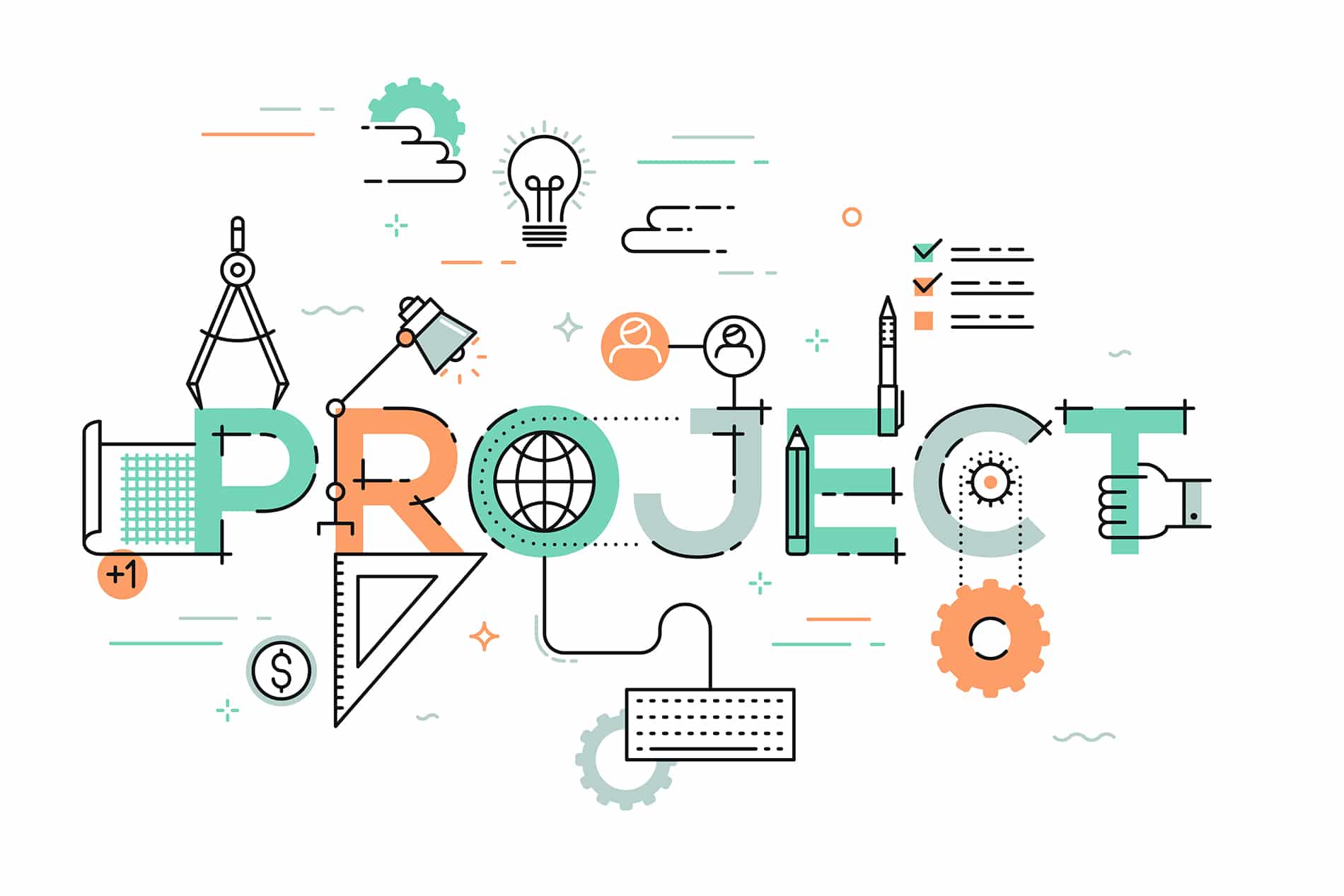Project Portfolio Management (PPM) is an essential process for organizations that manage multiple projects. By utilizing PPM, businesses can maximize their resources and ensure that each project aligns with their overall strategic goals. In this blog, we will discuss the benefits of project portfolio management and how to get started with PPM.
Benefits of Project Portfolio Management
There are many benefits to investing in Project Portfolio Management as part of your service management strategy. Those benefits are:
- Better Resource Allocation – PPM enables organizations to efficiently allocate resources across various projects. It ensures that the right people are assigned to the right tasks, and the right amount of resources are allocated to each project. This helps to eliminate the risk of overburdening resources and increases the efficiency of project delivery.
- Improved Visibility – With PPM, organizations gain a complete overview of all their projects, including their status, timelines, budgets and risks. This provides them with better visibility and allows them to make informed decisions based on accurate data. Improved visibility also helps to identify potential problems early, so they can be addressed before they become major issues.
- Enhanced Strategic Alignment – PPM helps organizations align their project portfolio with their strategic objectives. By prioritizing projects that align with the overall business strategy, PPM ensures that resources are not wasted on projects that do not contribute to the overall goals. This ensures that the organization achieves its long-term objectives.
- Increased Collaboration – PPM encourages collaboration across various departments, teams, and stakeholders. This ensures that everyone is on the same page, and information is shared seamlessly. This leads to a higher level of communication and coordination, which ultimately leads to better project outcomes.
Getting Started with Project Portfolio Management
Getting started with PPM doesn’t have to be complicated. Here’s where to start:
- Define Your Goals – The first step in implementing PPM is to define your goals. Identify the objectives that you want to achieve and prioritize them based on their importance to your organization. This will help you to align your projects with your overall strategy.
- Identify Your Projects – Identify all the projects that your organization is currently undertaking, along with their status, timelines and budgets. This will give you a complete overview of your project portfolio.
- Analyze Your Portfolio – Analyze your project portfolio to identify any potential issues, such as resource constraints, scheduling conflicts or budget overruns. This will help you to make informed decisions on resource allocation and prioritize your projects.
- Implement a PPM Tool – Implementing a PPM tool can help you manage your portfolio efficiently. A PPM tool can help you track the status of your projects, manage resources and monitor budgets. It can also help you to identify potential problems early and take corrective action. Whether you invest in a PPM-only tool – or use one baked into your IT Service Management (ITSM) tool for better resource capacity planning – you want to make sure the tool you select fits your needs and is easy to use.
PPM in Action
Kern Family Health Care, a Medi-Cal managed care health plan serving residents of Kern County, California, uses TeamDynamix PPM to manage all projects within the organization.
With a simple and intuitive user interface, TeamDynamix makes it easy for project managers to evaluate project requests, approve and prioritize initiatives, assign resources and track and report on progress. TeamDynamix helps EPMO staff keep projects on course, establish clear expectations, and allocate resources more effectively.
“With TeamDynamix, I always have a source of truth on project data,” LaVonne Banks, director of Kern Health Systems’ enterprise project management office (EPMO), said.
When implemented correctly PPM can be immensely valuable for maximizing success and profitability in any organization.
This is the case at Kern where TeamDynamix PPM has brought greater transparency to the project management process. It also saves Banks and her staff a great deal of time when they want to understand the status of projects and report this to organizational leaders.
“I love the platform’s reporting features,” she says. “They’re super easy to use. Being able to pull reports and quickly see real-time data is wonderful.”
Another key benefit of TeamDynamix is that it helps EPMO staff get out ahead of potential issues before they become full-blown problems. While some challenges are beyond the control of project managers, having greater insight makes it more likely that projects will be completed on time and under budget.
“We can quickly identify resource constraints and make adjustments when unexpected circumstances arise,” Banks says. “Because we can identify these issues earlier, we have a better chance of staying on top of resource management.”
Better transparency leads to more accountability and, ultimately, a higher success rate on projects.
When you consider that project portfolio management tools can cost several times as much for similar features and functionality, “the value of TeamDynamix is incomparable,” Banks concludes.
A few years ago, the City of Goodyear didn’t have any way to track the status of IT projects. The city government had a ticketing system for managing the delivery of IT services, but this system was very limited in what it could do and what information it could provide.
“We wanted to increase the maturity of our IT operations by moving to ITIL processes,” Faison said.
This meant bringing the oversight of IT services and projects together under a single platform for IT Service Management (ITSM) and Project Portfolio Management (PPM) that gave leaders a holistic view of the work employees were doing. What’s more, the platform had to allow for simple configuration and automation of IT processes, without a lot of coding or administration needed on the back end.
TeamDynamix has aptly met these requirements, positioning the city well for growing its IT maturity.
On the project side, TeamDynamix gives the city’s IT department a simple way to evaluate, approve and manage projects of all sizes. Managing IT projects and service requests within the same platform gives leaders a holistic view of the work that team members are doing.
“It helps us evaluate whether we can take on new projects based on the people we have available,” said Remi Nunez, senior IT project manager. And this is critical for reducing resource drain.
Having clear data showing the scope of the work that team members are doing also gives IT leaders the evidence they need to advocate for additional staffing in areas that require it.
For instance, Faison and her colleagues knew the GIS team had a constant backlog of work, but they weren’t able to quantify this challenge before. With TeamDynamix reporting, they were able to demonstrate this need and hire another full-time GIS employee.
One year into using TeamDynamix, having better visibility into project and service information has helped the city’s IT department improve customer service for employees—and the city has only begun to scratch the surface of what the platform enables.
No matter the tool you use for PPM, it’s clear that Project Portfolio Management is a critical process that can help organizations achieve their strategic objectives.
By allocating resources efficiently, gaining better visibility, aligning projects with strategic objectives and promoting collaboration, organizations can optimize their project delivery. By following the steps outlined above, you can implement PPM and reap the benefits of a well-managed project portfolio.

